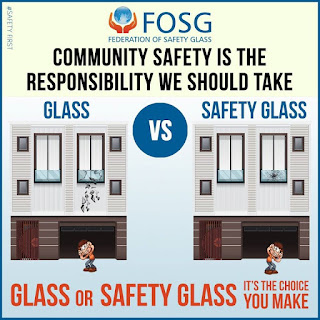Replace the Glass in your company with Safety Glass

Many of us know the usual form of glass known as floated or annealed glass. This type of glass shatters when broken down, ending with shards of glass that can be jagged and injury those in the spot or who try to clean it up. While this type of glass is generally used as it is cheaper and obtainable, it is not the best option for your company. Safety or tempered glass is processed with heat to make it stronger. When safety glass breaks, it crumbles into small, unsharped pieces instead of shattering into shards. This type of glass is stronger and scratch resistant where normal glass is not. Business owners prefer using safety glass to offer them safety and due to it being more affordable. Safety glass will not need replacing as often as normal glass due to breakage or scratches, thus saving in maintenance expenses. Where Safety Glass is essential Building codes need the fitting of safety glass in businesses. Areas that need the installation of this form of Safety glass incorp...
